Hawaii, renowned for its stunning beaches, lush landscapes, and vibrant culture, is also home to a diverse array of wildlife. While many of these creatures are harmless or even beneficial to the local ecosystem, there are a handful that pose significant risks to humans. From venomous predators to aggressive invaders, here are the top five most dangerous animals found in Hawaii:
1. Box Jellyfish (Carybdea alata):
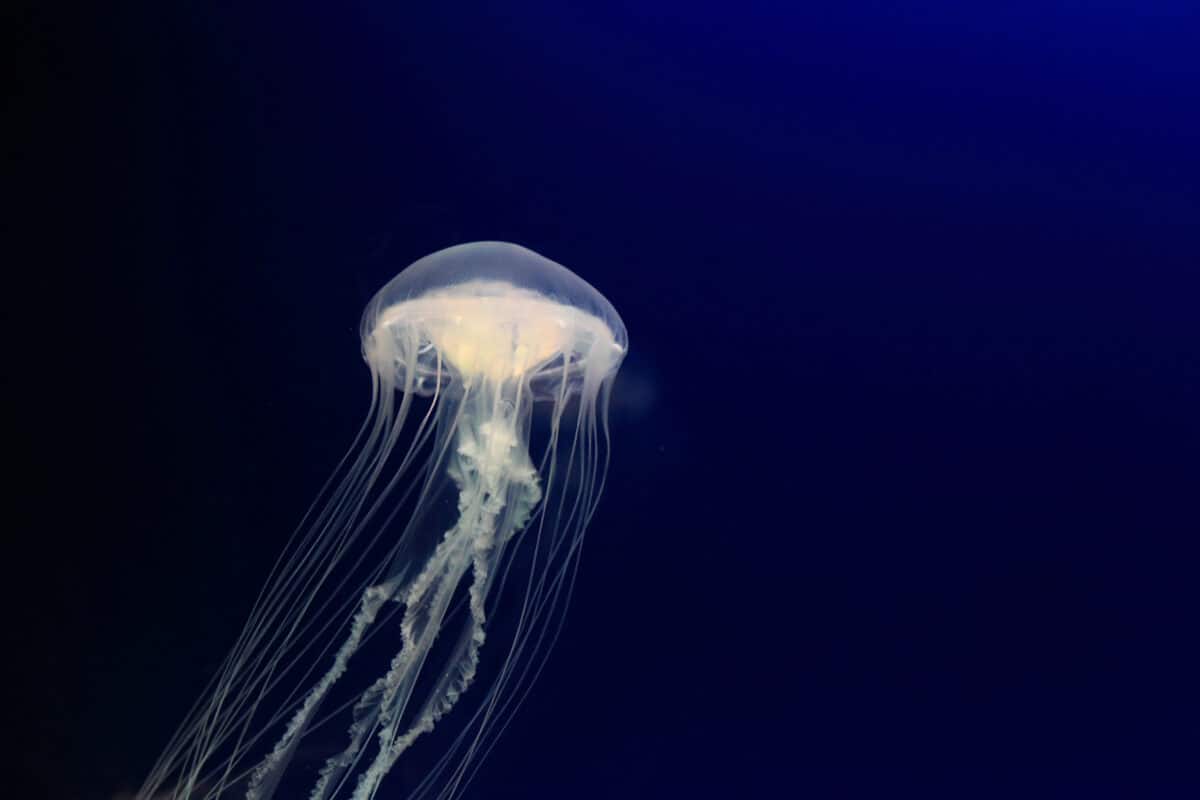
Hawaii’s waters are home to the infamous box jellyfish, known for its potent venom and painful sting. These gelatinous creatures are particularly abundant during the summer months when warm waters facilitate their breeding and migration. Box jellyfish possess tentacles lined with stinging cells called nematocysts, which they use to capture prey and defend against predators. Unfortunately, their venom can cause severe reactions in humans, ranging from intense pain and inflammation to systemic symptoms such as nausea, vomiting, and difficulty breathing. While encounters with box jellyfish are relatively rare, swimmers and beachgoers should exercise caution, especially in areas where these creatures are known to congregate.
2. Hawaiian Monk Seal (Neomonachus schauinslandi):
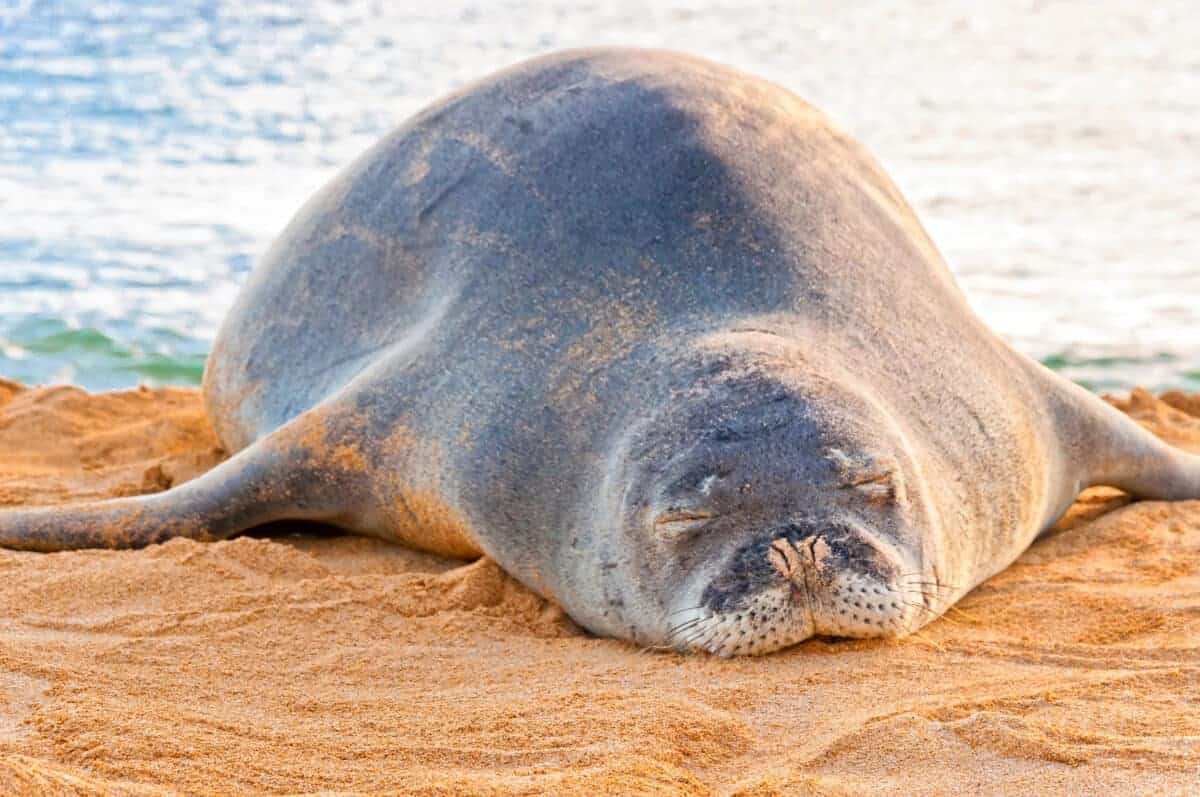
Although Hawaiian monk seals may seem docile and harmless, they are a critically endangered species with a dwindling population. While the seals themselves pose no direct threat to humans, their dwindling numbers have led to increased aggression towards humans in defense of their territory and pups. Encounters with Hawaiian monk seals should be approached with caution, and beachgoers are advised to maintain a safe distance to avoid disturbing these endangered animals.
3. Brown Tree Snake (Boiga irregularis):
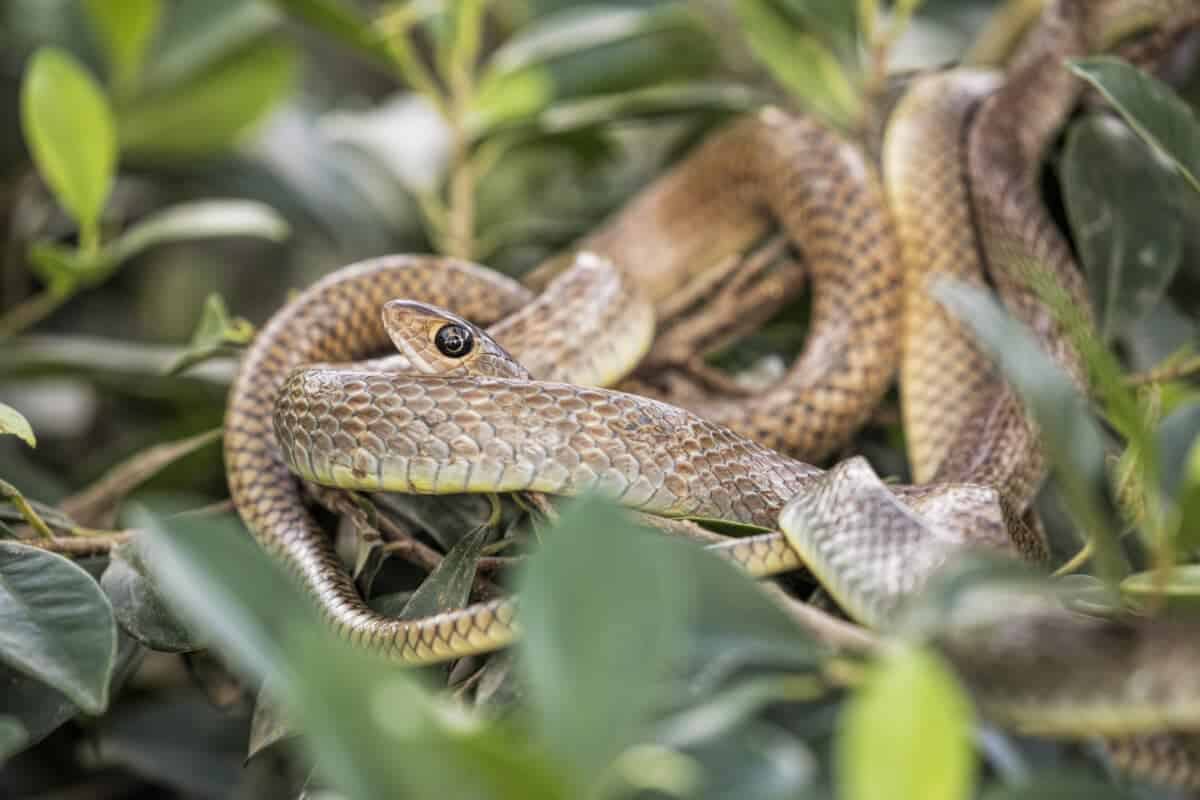
Originally native to Southeast Asia, the brown tree snake was accidentally introduced to the island of Guam in the 1940s and has since become an invasive species wreaking havoc on local ecosystems. While not yet established in Hawaii, the potential introduction of this highly venomous snake poses a significant threat to native bird populations and could have devastating consequences for the state’s fragile ecosystem. Efforts to prevent the introduction of the brown tree snake to Hawaii are ongoing, but vigilance is necessary to ensure the protection of native wildlife.
4. Tiger Shark (Galeocerdo cuvier):
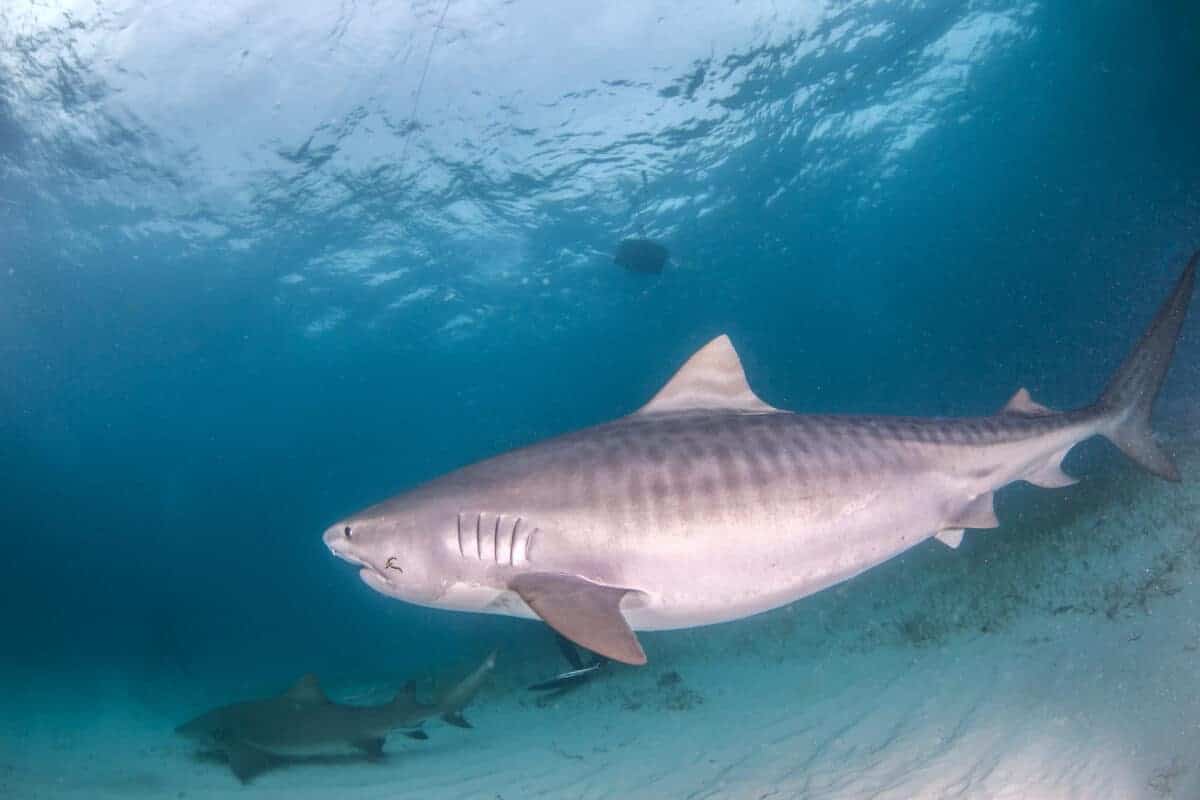
As animals in Hawaii’s go, Tiger sharks are probably the most feared. Known for their voracious appetite and opportunistic feeding behavior, tiger sharks are responsible for the majority of shark attacks in Hawaii. While fatal encounters are rare, swimmers, surfers, and snorkelers should exercise caution when entering the ocean, especially during early morning or late afternoon when these apex predators are most active. Avoiding swimming alone, staying away from areas frequented by fishermen, and refraining from wearing shiny jewelry or brightly colored clothing can help reduce the risk of shark encounters.
5. Cane Toad (Rhinella marina):
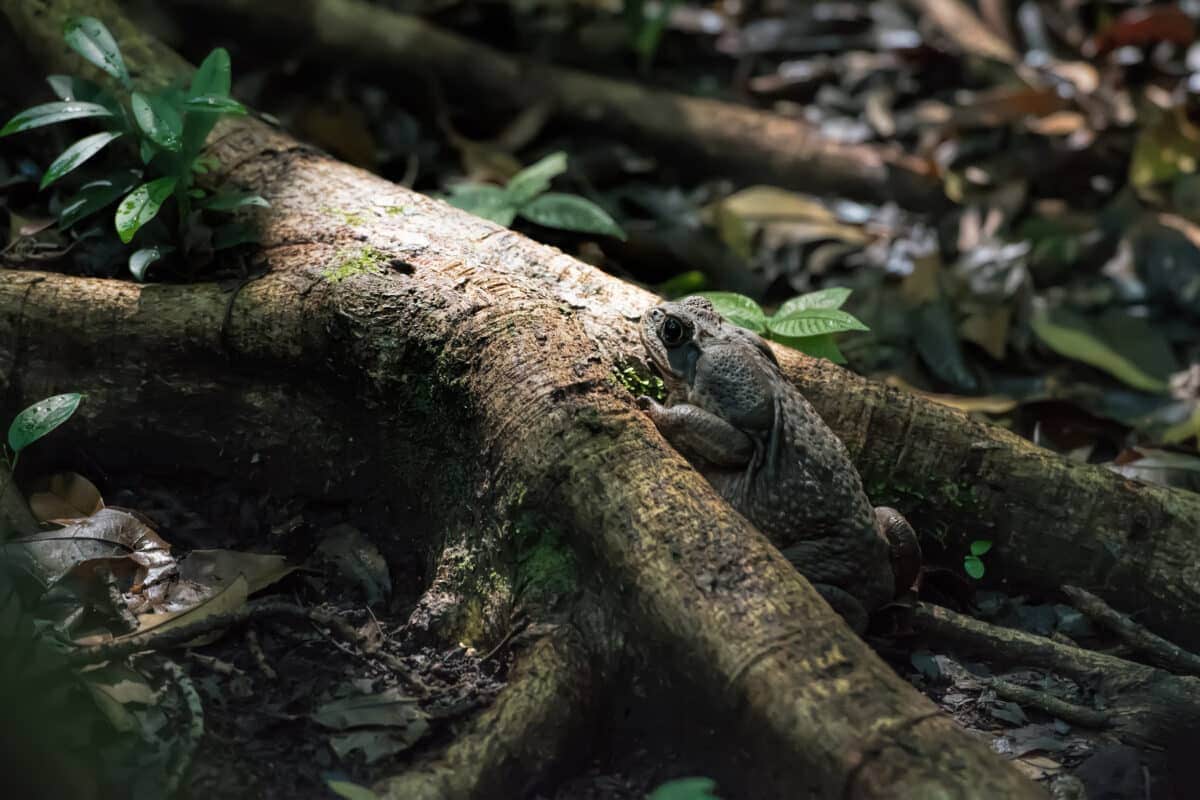
Introduced to Hawaii in the 1930s to control agricultural pests, the cane toad has since become an invasive species with detrimental effects on native ecosystems. These large, warty amphibians secrete potent toxins from their skin glands, which can be deadly to pets and wildlife if ingested. Additionally, cane toads are voracious predators that compete with native species for food and habitat, further exacerbating the decline of endemic fauna. Efforts to control cane toad populations and mitigate their impact on native ecosystems are ongoing, but their presence remains a significant concern for conservationists and wildlife managers alike.
In conclusion, while Hawaii is undoubtedly a paradise for nature lovers, it is essential to recognize and respect the potential dangers posed by certain native and invasive species. By understanding the risks associated with encounters with these animals and taking appropriate precautions, visitors and residents can safely enjoy all that Hawaii has to offer while minimizing their impact on the fragile island ecosystems.
If you want to read further, these may pique your interest:
- Deadly Beauties: The World’s Most Lethal Jellyfish
- Tiger Shark Encounters
- Mysteries of The Brown Snake Bite
Join our Forum for free today!

- Elderly Man Kills Grizzly Bear in Montana - July 22, 2024
- Missing Cat Found Weeks Later, 40 Miles Away - July 21, 2024
- The Fastest Animal on Earth: So, How Quick Are Cheetahs? - July 21, 2024

